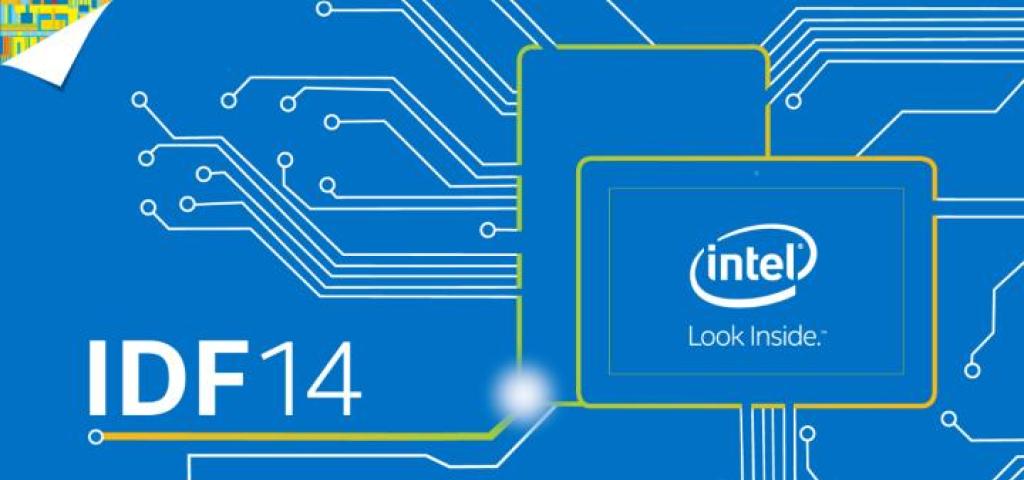
Key IoT Takeaways from IDF 2014: Part I

Last week, IDF was abuzz with talk of IoT, and I was fortunate to have the opportunity to host a conference poster chat on this hot topic at the event. Specifically, my session featured the topology of an IoT deployment and the technology stack delivered with edge management capabilities. There were a few key themes that continued to come up during my sessions:
- What is IoT?
- Gateway protocol translation
- Standards
- The ‘Internet of silos’
I’ll cover briefly each of these topics in my IDF recap blog series this week. In this post I’ll cover my views on IoT and gateway protocol standards.
What is IoT?
This basic question is usually where the conversation starts because the general consensus is that there isn’t a general consensus. I look at IoT as a deployment of internet connected devices that connected to a centralized cloud console that offers a data plane and a management plane. The data plane represents the ability to perform FACTS (Filtering, Aggregation, Caching, Transformation, Screening) on data streams that originate from edge sensors. The management plane represents the ability to monitor system health, update software on devices, remotely control devices (SSH console), execute commands, and general device actuation.
In my explanations of these ideas I made the deliberate effort to call out the important point that the data plane and management plane need to be offered from the same platform in order to facilitate business rules and enable intelligent systems. For example, if the need exists to monitor a data stream and take action when a data item value exceeds a certain threshold, this capability can only be enabled if the data plane and management plane are offered as part of the same platform. This is an important justification for purchasing a full IoT stack that is pre-integrated.
Gateway Protocol Standards
One predominate challenge of IoT is the diversity of devices that are currently deployed and those that will be deployed in the future. This diversity includes the protocols supported by each device. This fact brings rise to the need for gateway protocol translation; or as some put it, protocol normalization. When retrofitting an existing (brown field) deployment of devices with Intel Gateway Solutions for IoT, it is important that the gateway speaks the southbound protocol of the brown field deployment in order to normalize that protocol so the devices can be properly integrated into an edge management system.
Specifically on this topic is the fear of an n2 problem. On first take this can appear to be a scary and insurmountable problem but before we go into panic mode we need to take a closer look at the problem. When doing protocol normalization at the edge, any specific IoT deployment will typically speak a maximum of three to four protocols. A beefy router will still be required but we are fortunately still quite far from an n2 problem. For those deployments that do not have protocol normalization on the edge the task can be completed by protocol adapters in the cloud. What themes come up most when you are talking about IoT deployments?
In my next blog post I’ll discuss the conversation around IoT standards and avoiding the “Internet of silos.”

